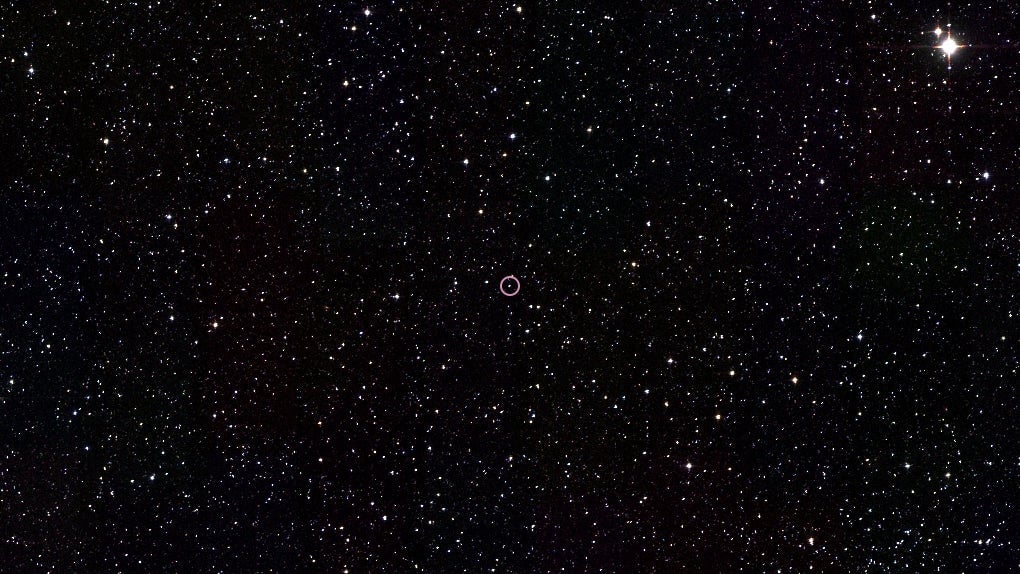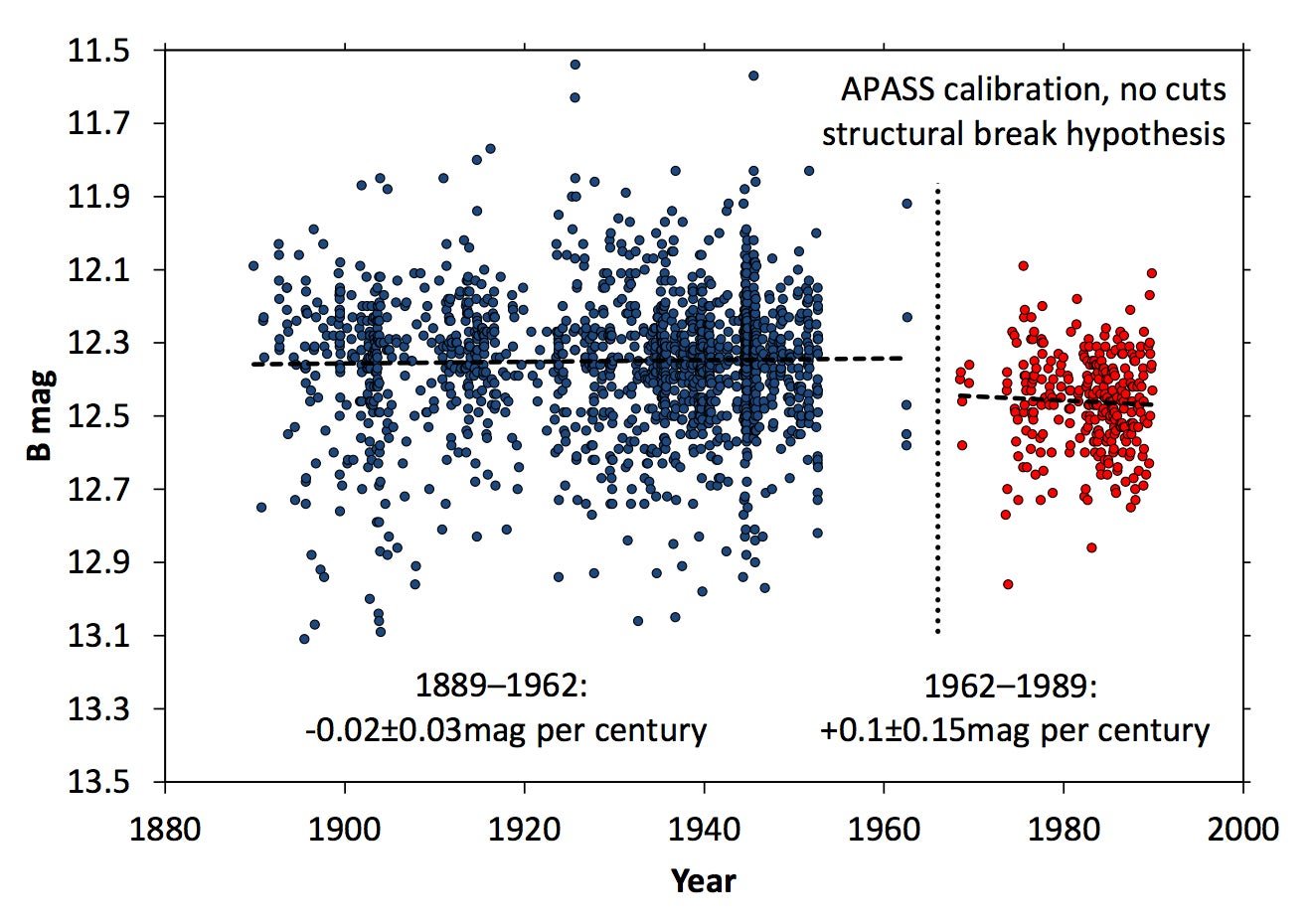That blinking star isn’t surrounded by alien megastructures, but it’s still really weird
Last year scientists briefly thought they might have discovered an advanced alien civilization. Changes in the brightness of KIC 8462852, a star 1,480 light years away, looked as if they might be evidence of a Dyson sphere or other megastructures designed to tap its solar energy on a massive scale.


Last year scientists briefly thought they might have discovered an advanced alien civilization. Changes in the brightness of KIC 8462852, a star 1,480 light years away, looked as if they might be evidence of a Dyson sphere or other megastructures designed to tap its solar energy on a massive scale.
Alien-hunters zeroed in on two qualities of the star: dramatic short-term variations in its brightness, and what at first seemed to be a century-long trend of gradual dimming. The latter could have been evidence that something was slowly being built around the star, obstructing its light. Now new research from a coalition of German and American astronomers has uncovered a less sensational cause: inconsistent measurements (pdf).
To check whether KIC 8462852 really was dimming, the scientists looked at a larger sample of stars whose images had been captured on glass plates kept at Harvard Observatory. They found that it wasn’t just that one star; many of them had dimmed.
Closer observations also revealed that the dimming had in fact begun not a century ago but in 1962. That was the year of the “Menzel gap”, a period when Harvard Observatory director Donald Howard Menzel ceased archiving plates in order to reduce costs. Before the gap, more than a dozen telescopes were observing KIC 8462852, but after 1962 all the data come from only one telescope. The paper’s authors hypothesize that differences in equipment account for that single telescope’s inconsistent measurements.

The result is a setback for those who been watching KIC 8462852 for further signs of life, but the mystery isn’t over. Scientists are still puzzled about why its brightness drops so dramatically and on such an irregular schedule. Hypothetical explanations include a family of comets or irregularly shaped dust clouds periodically passing in front of it and blocking its light. Whatever the reason, it’s likely to keep KIC 8462852 on astronomers’ short list of weirdest stars in the sky.